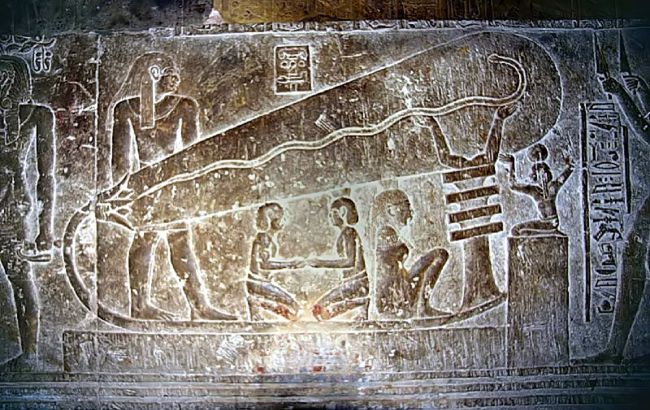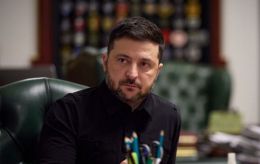Ancient mysteries unsolved: Seven most intriguing secrets of history
 The so-called Dendera Lamp (image: Wikipedia)
The so-called Dendera Lamp (image: Wikipedia)
For millennia, humanity has been creating, inventing, discovering new horizons, and leaving traces of history. However, among these traces, mysteries remain that even modern scientists and researchers cannot fully unravel.
More about seven of the most intriguing ancient mysteries that continue to captivate the minds of people in the material below.
Stonehenge: Why it was built
Stonehenge is an ancient megalithic monument in England that raises many questions.
What was the purpose of our ancestors in creating this complex of massive stones? Some believe it was a temple, others think it was an observatory or a place for rituals.
Research continues, but the exact purpose of this architectural wonder remains a mystery. Only recently, new data pointing to its astronomical function were discovered, but there is still no final confirmation.

Stonehenge before and after restoration in the 20th century (photo: Wikipedia)
Disappearance of the Maya civilization
The Maya civilization created one of the most powerful cultures in Central America, leaving behind massive cities, pyramids, and written records. However, in the 9th century, they suddenly disappeared, leaving their settlements empty.
Theories range from ecological catastrophe to social unrest, but no cause is considered definitive. This mysterious phenomenon still attracts anthropologists and historians trying to uncover new facts to shed light on this enigma.

Pyramid of Maya (photo: Wikipedia)
Nazca lines: Giant drawings for the Gods
In the Peruvian desert, around 500 square kilometers, lie giant geoglyphs—depictions of birds, animals, and geometric shapes. The Nazca Lines were created between 500 BCE and 500 CE, but the purpose of their creation remains a mystery.
They may have been made for rituals, astronomical observations, or as messages to the gods. Researchers also suggest these drawings could have served as navigational markers for travelers in this desolate region.

A huge “candelabra” on a mountain slope (photo: Wikipedia)
Voynich manuscript: Mystery of an "otherworldly" language
The Voynich Manuscript is a mysterious book written in the 15th century in an unknown language or cipher.
Despite the efforts of cryptographers and linguists, no one has been able to decipher its text or understand its contents. The book features images of plants and stars that do not exist in nature, which only adds to its enigmatic nature.
Research on this manuscript continues, and some scholars even propose that it might contain information about ancient alchemy or medicine.

A fragment of Voynich's manuscript (photo: Wikipedia)
The Sunken Atlantis: Myth or reality
Atlantis is a legendary country described by Plato as a powerful civilization that sank into the ocean. Are there any proofs of its existence, or is it just a myth?
Many adventurers have tried to find Atlantis in various parts of the world, but no trace has been discovered. Modern archaeological excavations suggest that some cities may have truly existed, but their connection to Atlantis remains debatable.

A map of a possible Atlantis created in the 17th century (photo: Wikipedia)
Moai on Easter Island: How they were moved
Easter Island is famous for its gigantic stone statues—moai. No one knows exactly how the ancient islanders managed to move these massive figures across rocky terrain without modern technology.
Theories include wooden rollers or special mechanisms, but clarity remains elusive. This mystery continues to intrigue archaeologists and tourists who visit the island.

Statues of Easter Island (photo: Wikipedia)
The Baghdad battery: Ancient electrical devices
In the 1930s, strange clay vessels with copper and iron rods, which might have been ancient batteries, were discovered near Baghdad. However, the purpose of these devices remains unclear.
Were they used for electrolysis or medical purposes? The history of this artifact remains a mystery, intriguing researchers and history enthusiasts.

Diagram of the Baghdad battery (image: Wikipedia)
In writing this article, the following sources were used: History, Live Science, Wikipedia.

